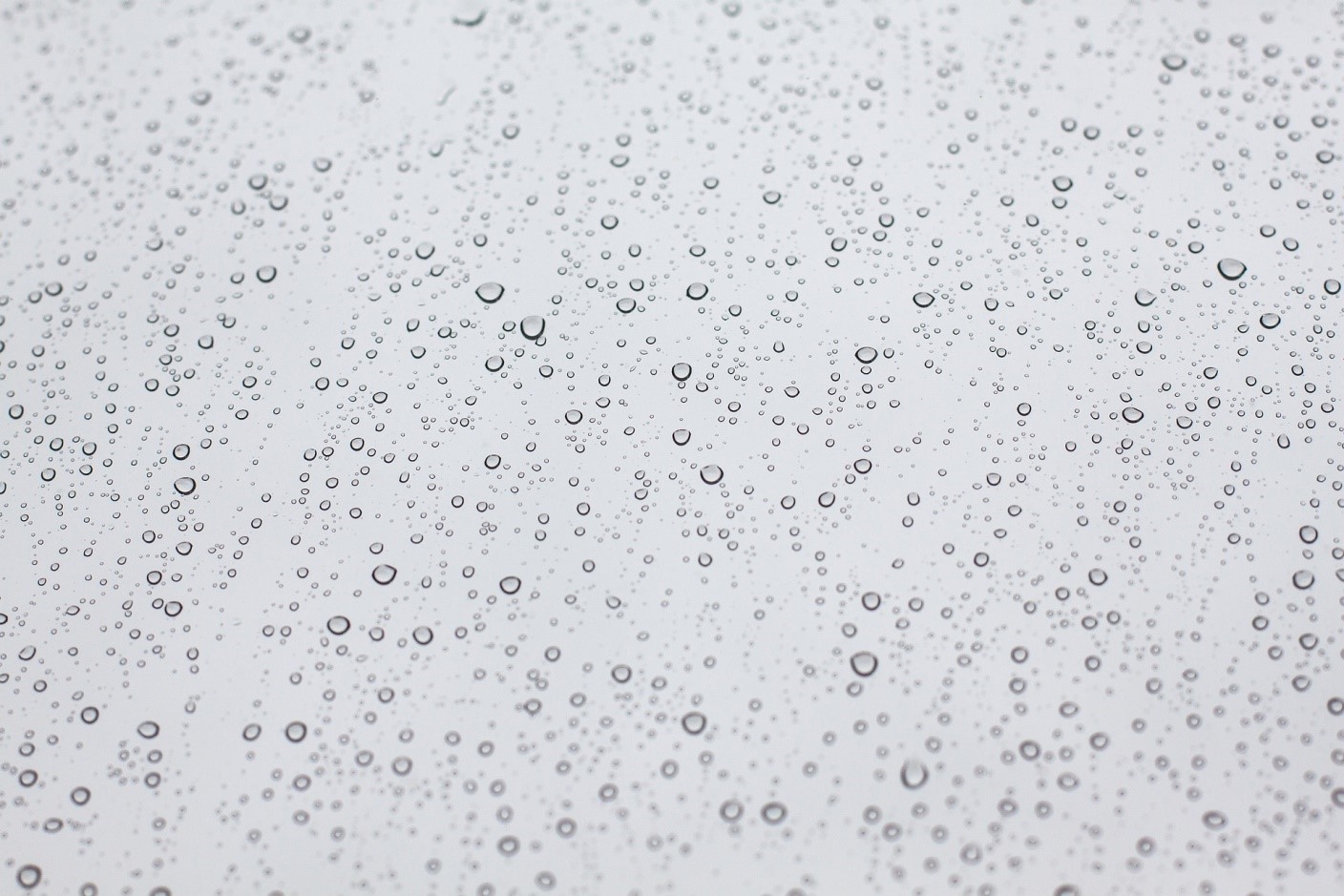What To Know
- Small amounts of water every once in a while can be mostly harmless but a consistent exposure to that moisture can lead to mold, mildew, and even rot as the water is absorbed by the material.
- You should be able to see the signs early on, paint peeling from the frame, slight warping of the wood that results in the frame not opening or closing properly, and if it’s left too long, rot can start to deteriorate the wood to the point that it needs to be removed and replaced entirely.

Are you listening to your home? What is it trying to tell you? When it comes to the doors and windows, you may be ignoring some very loud and obvious hints that something is very wrong. A repair every so often is no big deal, but certain symptoms that are visible at the doors and windows might suggest that you could have big trouble on the horizon.
The quicker you diagnose and fix specific problems, the less costly they might be in the long run. So it makes sense to pay close attention to various signals and hints that your door and window problems might be alerting you to something significant that needs to be addressed ASAP
For starters, your windows and doors contain certain material components that are prone to elevated levels of wear and tear, these can be exacerbated under adverse conditions and if they are left unchecked they could get worse. That could result in the life of your doors and windows being dramatically reduced.
Therefore, make it a priority to take a closer examination of these signs that something may be wrong with the doors and windows in your home.
Condensation

Normally, a little condensation on the glass of your doors or windows isn’t really much cause for concern. When your windows fog up, that is typically the result of water vapor in the home converting from a liquid into a gas. You will see this occur when the inside of your room is warm and the surface of the window glass is much cooler.
The condensation is evidence that gas seeking out a cool surface and when that happens, your glass will fog up. In most cases, this isn’t evidence of a larger problem that needs to be fixed. But, if you notice condensation has developed between the window panes of a door or window, you may have a serious problem on your hands.
The culprit is most often a failed seal and it can happen on older windows or sliding doors due to the spacer having worn out and moisture seeping in through the compromised barrier. In cases such as these, we here at Mr. Rogers Windows suggest you have the window or door replaced as repairing the problem is not an option due to the difficulty of the task.
Unfortunately you need to do more than reglaze a window. In this case you need a whole new spacer.
Water Damage
Condensation can bring more problems than just foggy and opaque windows or doors between panes. Moisture can start to build up and get caught around the frame of a window and, depending on the type of material used in the manufacture of that frame. It could lead to some serious moisture damage.
Small amounts of water every once in a while can be mostly harmless but a consistent exposure to that moisture can lead to mold, mildew, and even rot as the water is absorbed by the material. The latter is most typically found in wood frames. As the water sits on the wood that moisture can seep in and do some serious damage.
You should be able to see the signs early on, paint peeling from the frame, slight warping of the wood that results in the frame not opening or closing properly, and if it’s left too long, rot can start to deteriorate the wood to the point that it needs to be removed and replaced entirely. That’s money you don’t want to spend on something that could have been avoided had you just been listening to what your home was trying to tell you.
Drafts and Leaks
Both of these things are usually a result of the same problem. Small gaps have developed around the windows and it could mean you need new weatherstripping or some caulk to patch up those damaged areas.
Drafts can reduce the energy-efficiency of your windows by allowing your climate controlled air to escape and allowing the cooler or warmer air outside into your home. When this happens, it typically means you need to run your HVAC system longer than you would normally and that can result in higher energy costs year round.
Leaks can also occur as rain and snow are allowed to seep in through these gaps and cracks and you could sustain water damage inside the home as well. That doesn’t need to happen either, as long as you are paying close attention to these common problems that windows and doors can develop as they age.





